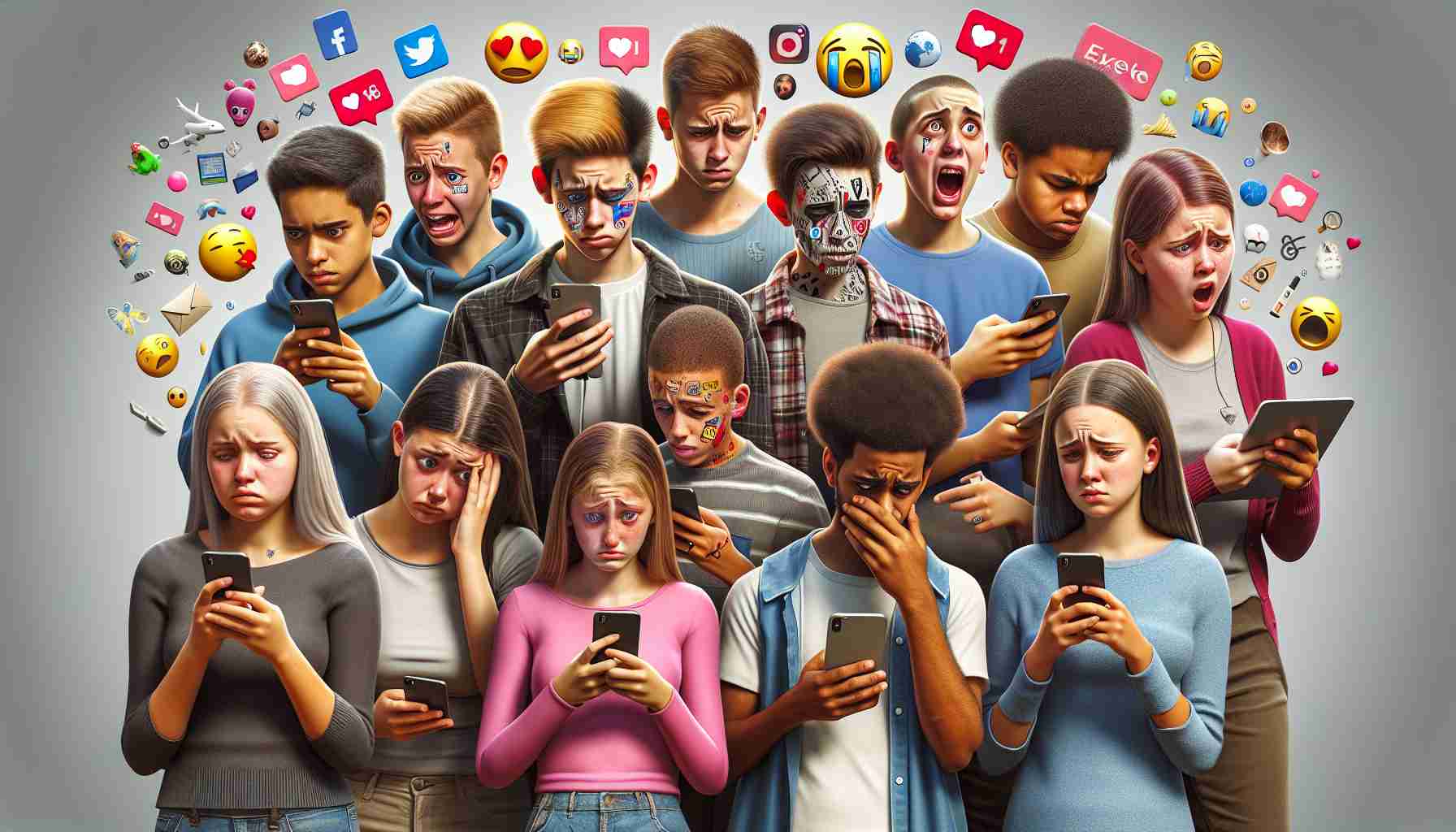As society continues to navigate the complexities of the digital age, the influence of social media on the younger generation has been a topic of significant discussion. Gone are the days of MySpace and Facebook; now, platforms like TikTok and Instagram dominate the online landscape, offering both connection and challenges.
While some may argue that social media has its benefits, others, like veteran filmmaker Lauren Greenfield, shed light on the darker side. Through a recent docuseries, Greenfield delves into the lives of teenagers grappling with issues like body image, cyberbullying, and mental health struggles exacerbated by their online experiences.
The documentary captures the raw authenticity of these young individuals as they navigate the ever-evolving digital world. It raises important questions about the role of social media in shaping the lives of the first generation to be digital natives, highlighting the pressing need for a reevaluation of how these platforms are designed and regulated.
Reflecting on the insights gained from the series, it becomes evident that a balance must be struck between the positive aspects of connectivity and the detrimental effects of constant comparison and algorithmic manipulation. While social media can serve as a tool for creative expression and community building, the current landscape necessitates a shift towards more responsible and empathetic engineering.
As discussions around the impact of social media on mental health intensify, it is crucial to prioritize the well-being of young users. By implementing stronger regulations and fostering a culture of digital literacy and empathy, we can strive to create a healthier online environment for the next generation.
Additional Facts:
– Studies have shown that excessive use of social media among teenagers can lead to sleep disturbances, decreased self-esteem, and increased feelings of loneliness and anxiety.
– Social media platforms often use algorithms that prioritize content designed to keep users engaged, which can contribute to a cycle of comparison and negative self-perception.
– Teenagers may experience FOMO (fear of missing out) and pressure to present a curated version of their lives online, leading to a sense of inadequacy or social pressure.
Key Questions:
– How can parents and educators better support teenagers in navigating the challenges of social media?
– What responsibility do social media companies have in promoting positive mental health outcomes for young users?
– How can teenagers develop critical thinking skills to discern between authentic content and idealized representations on social media?
Key Challenges/Controversies:
– Balancing the need for free expression on social media with the risks of harmful content and online behaviors.
– Determining the appropriate level of regulation for social media platforms to protect users without stifling innovation and creativity.
– Addressing privacy concerns and data security issues that arise from teenagers sharing personal information on social media.
Advantages and Disadvantages:
– Advantages: Social media provides a platform for self-expression, creativity, and connecting with peers globally. It can offer support networks for teenagers facing challenges and foster a sense of belonging.
– Disadvantages: Negative impacts on mental health, such as increased stress and anxiety, as well as exposure to cyberbullying and harmful content. Social media can also contribute to a distorted sense of reality and unhealthy comparison among teenagers.
Suggested Related Links:
– World Health Organization



